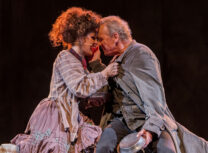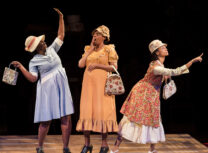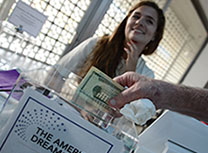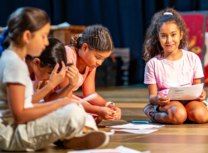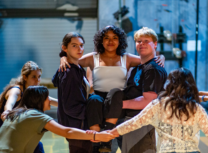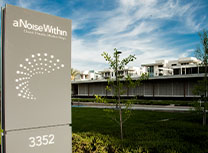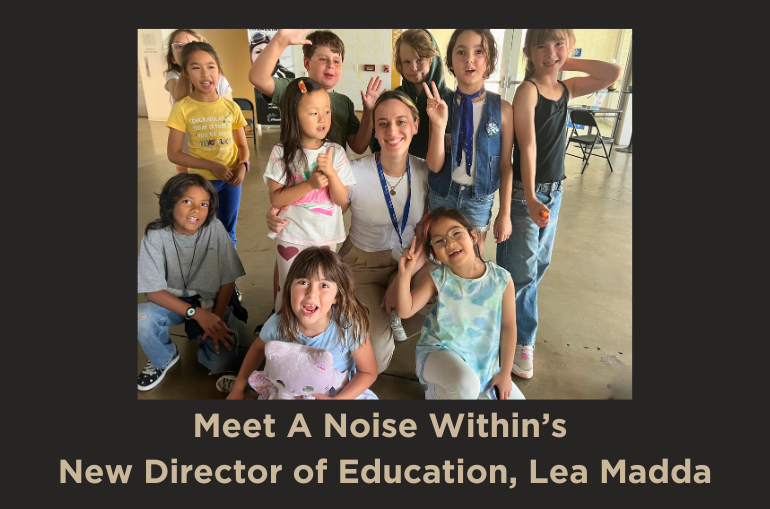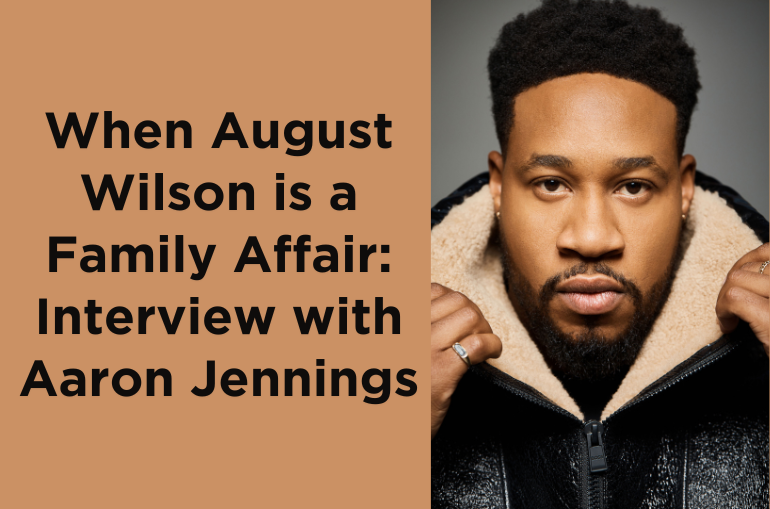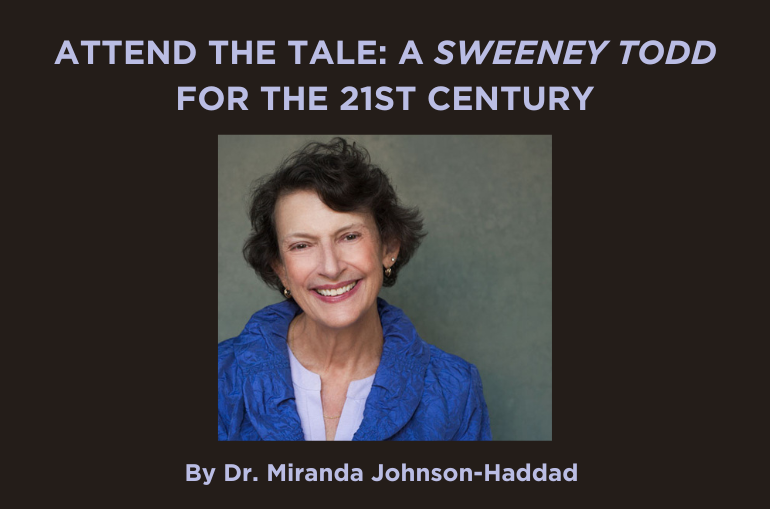“Why I Had to Adapt The Bluest Eye
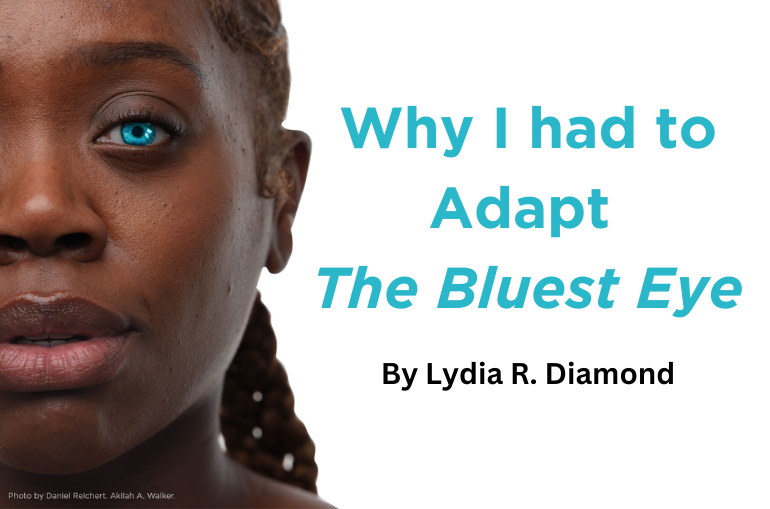
By A Noise Within
August 11, 2023
By Lydia R. Diamond
In high school my English teacher, a brilliant woman who saw a writer in me decades before I’d see it in myself, gave me Toni Morrison’s Beloved. I read the whole thing in one sitting, and so much of it went over my head. Looking back, I realize that I protected myself by shutting down in places that were too hurtful or too close.
When I got to college, I started to understand that I wasn’t being exposed to the breadth of African American writers, in both literature and theatre classes. It was before one could Google, so the search was quite purposeful, and active, and really a revelation. Guided by a wonderful Librarian at Northwestern, who became a mentor and friend, I began what would become a lifetime commitment to reading African diasporic works. I made it my mission to go out and get every one of Toni Morrison’s novels and read them all. Her work spoke to my soul. When I re-read The Bluest Eye, once again, I protected myself from themes that were too close or just too painful, simply by not acknowledging them. Though much later I was able to embrace and appreciate her brave depiction of sexual abuse, that so many of us are survivors of.
What I did understand in a visceral way was simple: The Bluest Eye is the story of a young African American girl and her family who are affected in every direction by the dominant American culture that says to them, “You’re not beautiful; you’re not relevant; you’re invisible; you don’t even count.” That is what is painful in the novel — the way in which our country has dealt with race, the way in which the power structure has hurt us, AND the way in which it has made us hurt ourselves. Often enough we African Americans don’t get the opportunity to say, “This is the source of my dysfunction, and it’s not all my fault.” To have that made salient when you are young is painful, but revelatory, to have all these things we feel, dynamics we navigate as a matter of course, made very clear and relevant; simply by having the lives of people who look like us, represented in literature.
Toni Morrison’s writing is so elegant and purposeful, never didactic. When I’m teaching, I tell my students that when you’re writing honestly, about what you know, it’s always going to be political and relevant. So, The Bluest Eye is not only about race. It’s about the world of the characters, and unfortunately these people live in a time and place in which being black was a perilous proposition.
The call to write this adaptation for Steppenwolf’s Arts Exchange came days after I’d given birth to my son. Ed Sobel, [Steppenwolf’s Director of New Play Development] asked if I was interested in doing an original stage adaptation of Toni Morrison’s The Bluest Eye. I thought, “All right! I’m a mother, and this book is more relevant to my life than ever; and, my motherhood hasn’t erased my relevance as a writer.” I needed that affirmation so much at exactly that time. And then I thought, “Oh my God, how can I do this justice? How can I presume to bring Toni Morrison’s singular talent into a completely different genre?”
Ultimately the yes came from a deep commitment to bringing this work to young people for whom this story could be affirming, to older audiences who had come to love the novel, and to audiences who were coming to the material for the first time and might be inspired to then read the novel. It also occurred to me that in the wrong hands, this adaptation could become something else entirely. It is the story of racism’s perverse effect on a town, experienced through the eyes of the innocent. It must not be the story of dysfunction in the black community without context. Just as I’d go to the ends of the earth to protect my son, I felt a certain need to tell this story in a way that would serve its intention and protect the dignity and humanity of its characters. If there was any chance that I might find myself in the theatre watching an adaptation that I felt fell short, then shame on me for having not trusted myself, despite Toni Morrison’s trust in my abilities.
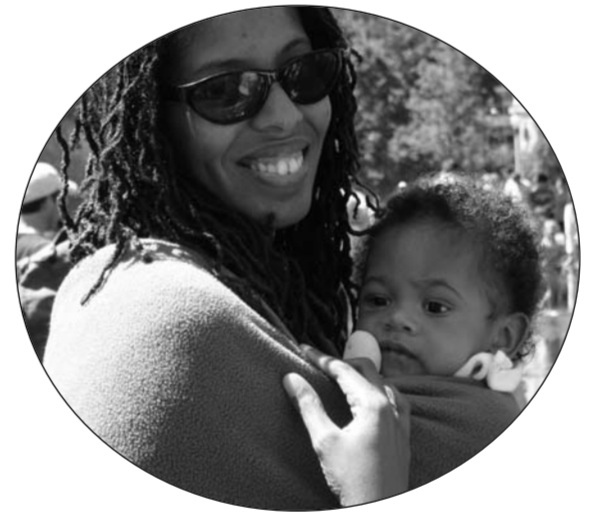
I cried and laughed over my keyboard as I held my son to my chest while Frieda and Claudia talked about wanting Pecola’s baby to live, and about the little circles of “O” in his hair. I kissed and inhaled my little baby’s soft hair and realized that ultimately, I was adapting The Bluest Eye for Baylor, my son. It was the most empowering and frightening and wonderful thing.
Originally appeared in Steppenwolf’s The Bluest Eye program (2005).
